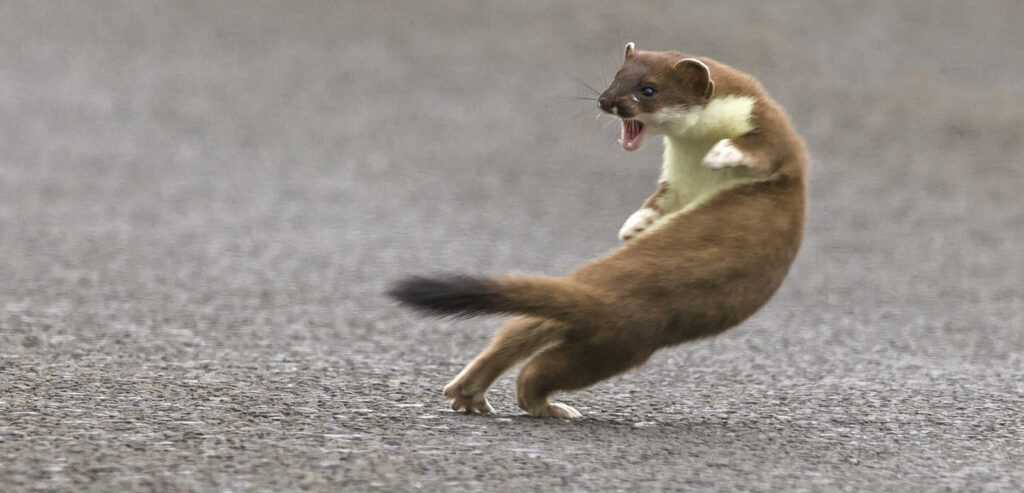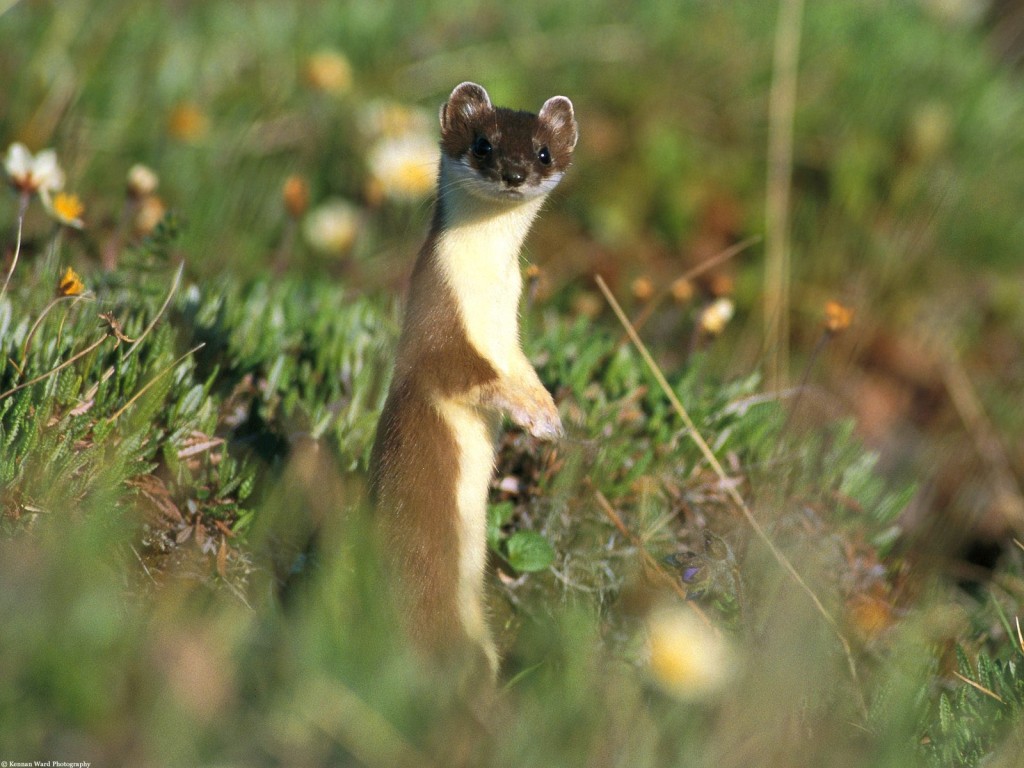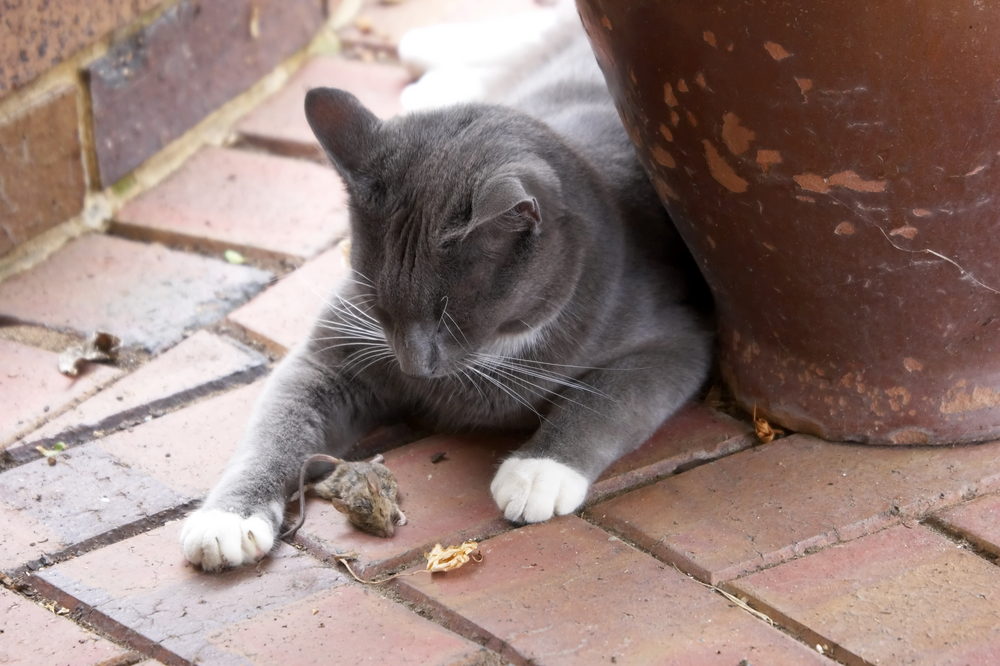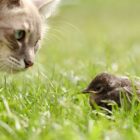Why do weasels dance?

The notion of weasels dancing is a fascinating yet peculiar concept that has intrigued observers and led to various anecdotes and folktales throughout history. The idea of weasels dancing is primarily a misinterpretation or an anthropomorphization of a particular behavior displayed by these small, agile mammals.
Dancing weasels
Weasels, like other members of the Mustelidae family, exhibit a distinctive hunting behavior sometimes referred to as the “weasel war dance“.
Often observed when they are excited, playfully engaged, or when hunting prey, the “weasel war dance” is characterized by quick, darting movements, sideways hops, leaps, and twisting, giving the impression of a dance-like motion.
Studies, including research published in journals such as “Ethology” and “Oxford Academy“, have examined the behavior of weasels, including their hunting strategies and behaviors.
This dance-like behavior is typically observed when a weasel is excited or during play, especially among younger weasels, and during hunting, when they may display these agile movements to disorient or subdue their prey.
Not Really Dancing
Despite the name “weasel dance”, this behavior is not a display of joy or rhythm as seen in human dances. Instead, it’s an adaptive and instinctual behavior deeply ingrained in the hunting and play strategies of weasels.
The misinterpretation of these movements as dancing might have arisen from the captivating and seemingly coordinated agility of weasels as they engage in these dynamic and acrobatic motions.
The “weasel war dance” showcases the agility and adaptability of these animals, illustrating their adeptness in hunting and their playful nature, but it should be understood in the context of their natural behaviors rather than as a form of actual dancing.

Why do weasels dance?
The “weasel war dance” serves several purposes. Primarily, it’s believed to be a tactic employed during hunting, particularly for subduing prey that may be larger or more formidable than the weasel itself.
Hunting Dance
The weasel war dance typically begins when the weasel locates its prey. Using its keen senses of smell and hearing, the weasel stalks its target with stealthy precision, gradually closing in for the kill. Once within striking distance, the weasel unleashes its dance, darting and weaving around the prey in a frenzied flurry of motion.
This dance serves several purposes in the hunt. Firstly, it confuses and disorients the prey, making it difficult for them to predict the weasel’s movements and escape. The rapid, unpredictable motions of the weasel make it challenging for the prey to track its position or react effectively, increasing the likelihood of a successful kill.
Secondly, the weasel war dance allows the weasel to assess the agility and defensive capabilities of its prey. By engaging in a brief but intense interaction, the weasel can gauge the speed and agility of its target, identifying any weaknesses or vulnerabilities that can be exploited to secure a kill.
Communication Dance
Another theory suggests that this dance-like behavior might serve as a form of communication, possibly to indicate excitement, establish dominance, or as a signal during play among young weasels.
Weasel war dances often occur during play sessions between individuals, strengthening social bonds within family groups or between mates. Through these playful interactions, weasels establish trust and cooperation, essential for hunting and survival.
The intensity and manner of the war dance can convey various messages to conspecifics. It may signal excitement, playfulness, or readiness for mating. Weasels may also use these dances to establish dominance or assert territorial boundaries, particularly during encounters with rival individuals.
Training and Mating
War dances provide young weasels with valuable opportunities to develop coordination, agility, and hunting skills. By engaging in these playful activities, they refine their abilities to stalk, pounce, and evade potential threats, crucial for their survival in the wild.
During the breeding season, male weasels may perform elaborate courtship dances to attract potential mates. These displays often involve intricate movements, vocalizations, and scent marking to advertise their fitness and reproductive quality to females.










